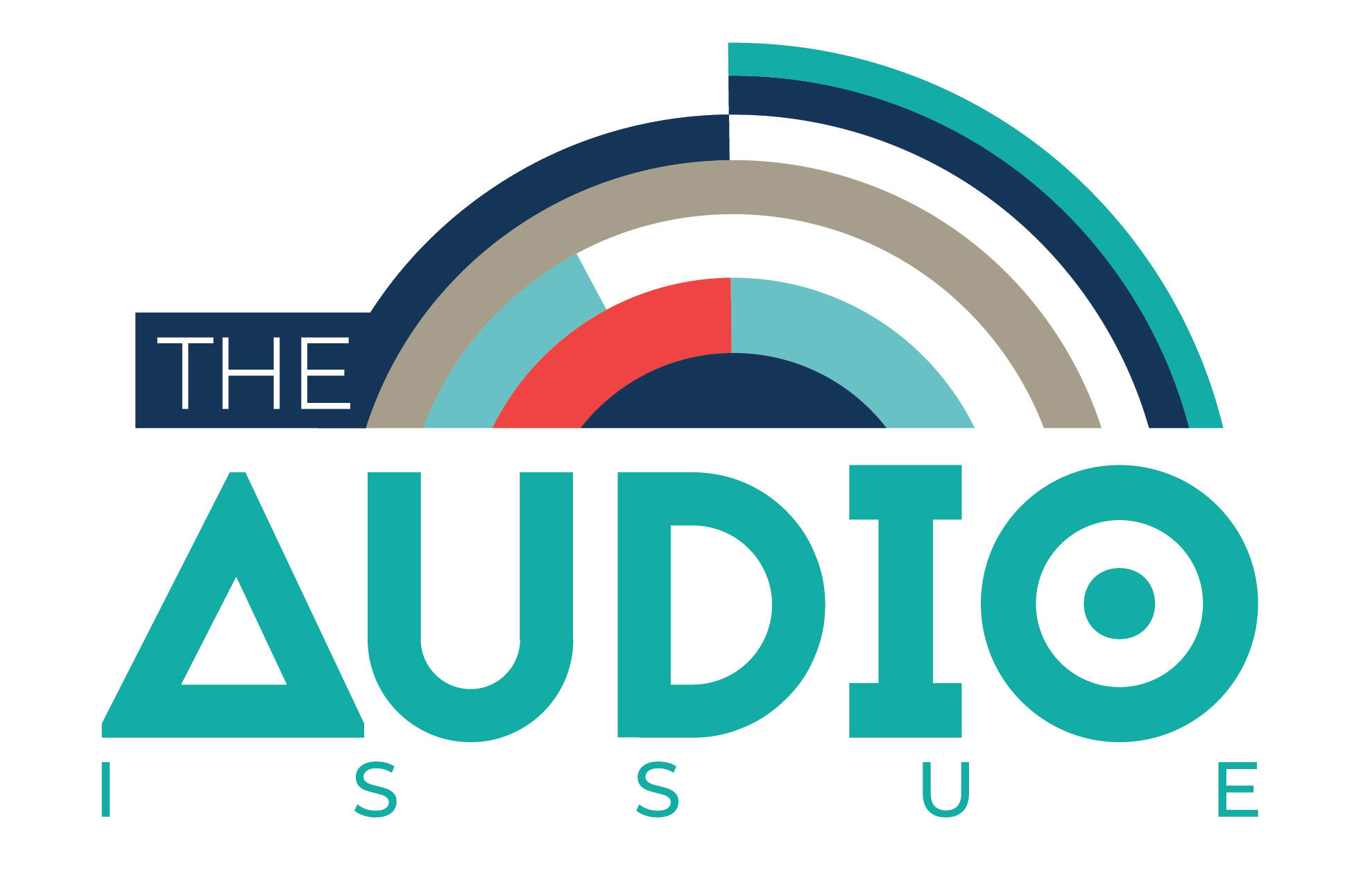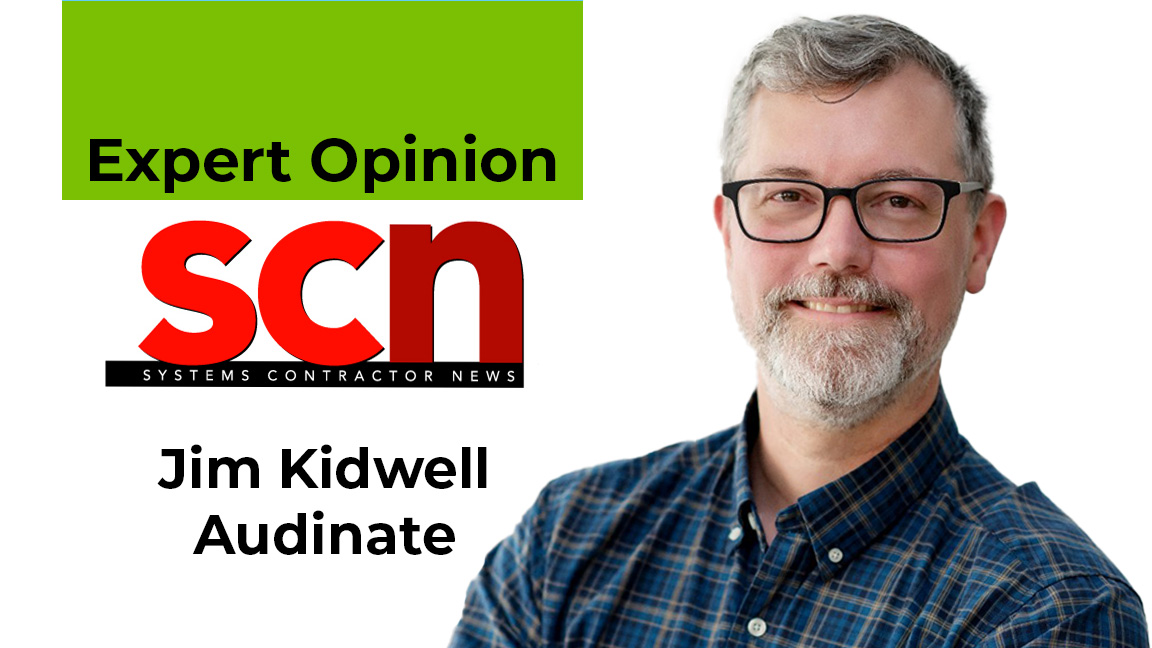
In recent years, a new goal for the management of AV and IT systems has emerged, striving toward a “single pane of glass” for monitoring and management. The goal, of course, is to aggregate systems information to a centralized location to ensure optimal uptime and top-tier systems management.
Whether you are managing a large enterprise, house of worship with a relatively modest system, or MSP monitoring many customer installations, having insight into daily system functions can make all the difference. It could easily differentiate between a frenzied call before a critical event or being able to proactively resolve issues before they affect end users.
The single pane of glass vision is entirely contingent on the broadest definition of interoperability. Universal connectivity requirements demand that all devices communicate using common protocols and standards without vendor-specific bottlenecks. Seamless data exchange must occur regardless of manufacturer origin, with consistent behavior across all network-connected components.
Unified management imperatives require that a single control interface access all device parameters through standardized discovery and configuration processes. Common monitoring and diagnostic capabilities must be complemented by synchronized status reporting and alert mechanisms. Without true interoperability, the single pane of glass becomes fractured, defeating its fundamental purpose and value proposition.
Freedom of Choice
The Dante platform has become a critical piece of the single pane of glass initiative. By ensuring device connectivity and interoperability, the Dante platform, expandable through API connectivity, provides the essential glue that brings signal transmission, device data aggregation, control, and management to Pro AV installations and workflows.
True interoperability facilitates freedom of choice in vendor selection, allowing system designers to choose products from any manufacturer without ecosystem constraints. This approach avoids forced upgrades of entire systems while leveraging competitive pricing and functionality improvements across multiple suppliers. Investment protection comes through future-proofing against vendor discontinuation and market changes.
The technology evolution advantages are equally compelling. True interoperability enables integration of new innovations, preserving existing investments while enabling new capabilities. Systems can scale organically as requirements evolve, adapting to changing client needs without starting over. This flexibility transforms AV installations from static implementations into dynamic, evolving platforms.
Ethernet-based audio and video networking has replaced analog constraints with standard network infrastructure that supports audio, video, control, and monitoring simultaneously. PoE eliminates additional cable requirements, while gigabit speeds accommodate even the most demanding high-channel-count applications.
By adopting standard network protocols, AV systems can now take advantage of any off-the-shelf network hardware. Layer 2 and Layer 3 compatibility across broad network infrastructure, QoS prioritization, and VLAN support ensure easy setup and consistent, reliable performance of an AV network. Software tools for management, monitoring, and control ensure optimal network connectivity and performance.
No Programming, No Hardware
Automatic discoverability eliminates configuration complexity. For example, Dante devices automatically announce their presence upon network connection using standard discovery protocols that enable immediate device recognition.
Pro AV systems must function without programming requirements that create barriers to implementation and ongoing management. Easy routing and monitoring with freely available software must enhance automatic discovery and mapping, all of which is essential for maintaining the single pane of glass vision.
Configuration must be with easy routing options, such as a visual matrix without the complexity of command-line programming. Automatic resolution of clock leaders and followers, latency compensation adjustments, and setting other critical parameters is a must for easy adoption.
True interoperability leverages standard network infrastructure rather than requiring dedicated switching hardware. Any high-quality managed switch can support Pro AV networking requirements, allowing existing IT infrastructure to accommodate AV without additional specialized equipment. Network convergence can reduce both equipment and maintenance costs while providing scalability through established networking principles.
Open APIs and comprehensive SDKs enable integration flexibility. This essential developer-level access enables the creation of custom controls and data integrations to meet the single pane of glass initiatives.
Integration capabilities extend to third-party control systems that can access all device functions without limitations. Custom user interfaces can reflect specific workflow requirements, while building management systems integrate AV network status with other facility systems. Mobile applications enable remote monitoring and control, extending system management capabilities beyond traditional boundaries.
The business case is clear: True interoperability directly improves project margins and client satisfaction.
Enterprise-grade encryption is desirable in many corporate, governmental, and educational applications. This protects AV content and system integrity. To be most effective, encryption efforts must be easily applied across multiple manufacturers and systems. Encryption within only a single manufacturer ecosystem limits hardware and software selection and stands in the way of true interoperability.
A centrally managed, certificate-based encryption strategy enables the fast deployment of encryption across AV systems. By managing security certificates on a central server, configuration is not only easier, but the updating and rotation of keys ensures a higher level of security than static endpoint credentials. These security measures are integrated transparently without compromising ease of use or system performance.
Broad OEM adoption provides the ecosystem depth necessary for choice and innovation. For example, in the Dante ecosystem, there are currently more than 4,000 Dante-enabled products from more than 600 manufacturers, with continuous growth in device variety and capability. This drives competitive innovation and feature advancement across manufacturers, giving integrators and end users the ability to select products that best fit both need and budget.
Interoperability Is Critical
For integrators, objective interoperability standards reduce project risk while increasing profitability through predictable compatibility that eliminates costly system integration failures. Standardized training and support reduce operational overhead while client confidence grows through consistent, reliable results. The business case is clear: True interoperability directly improves project margins and client satisfaction.
For OEMs, interoperability expands market opportunities without requiring massive ecosystem investments. Standard compliance reduces development costs and time-to-market, while customer loyalty increases through freedom of choice rather than artificial lock-in strategies. The focus of innovation shifts to product excellence rather than proprietary barriers, creating sustainable competitive advantages.
The reality is that subjective or proprietary "interoperability" can create hidden costs that may not meet the long-term goals of AV systems. In contrast, interoperability benefits are seen across ecosystems like the Dante platform. End users get the best-of-breed products to use daily, integrators gain ease of implementation, manufacturers gain a sustainable and future-proof business model, and service providers benefit from effective service, data reporting, and collection.
The Dante platform demonstrates that true interoperability is not just technically possible but economically essential. When interoperability is objective, measurable, and uncompromising, the entire industry benefits. Integrators deliver better projects faster and more profitably, AV professionals manage complex systems with confidence and ease, and OEMs compete on innovation and quality rather than proprietary lock-in strategies.

